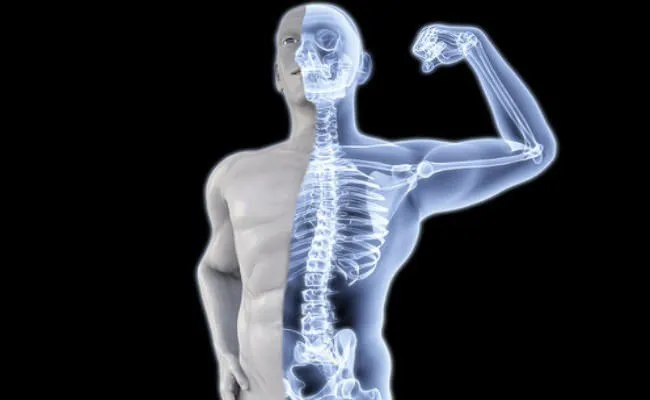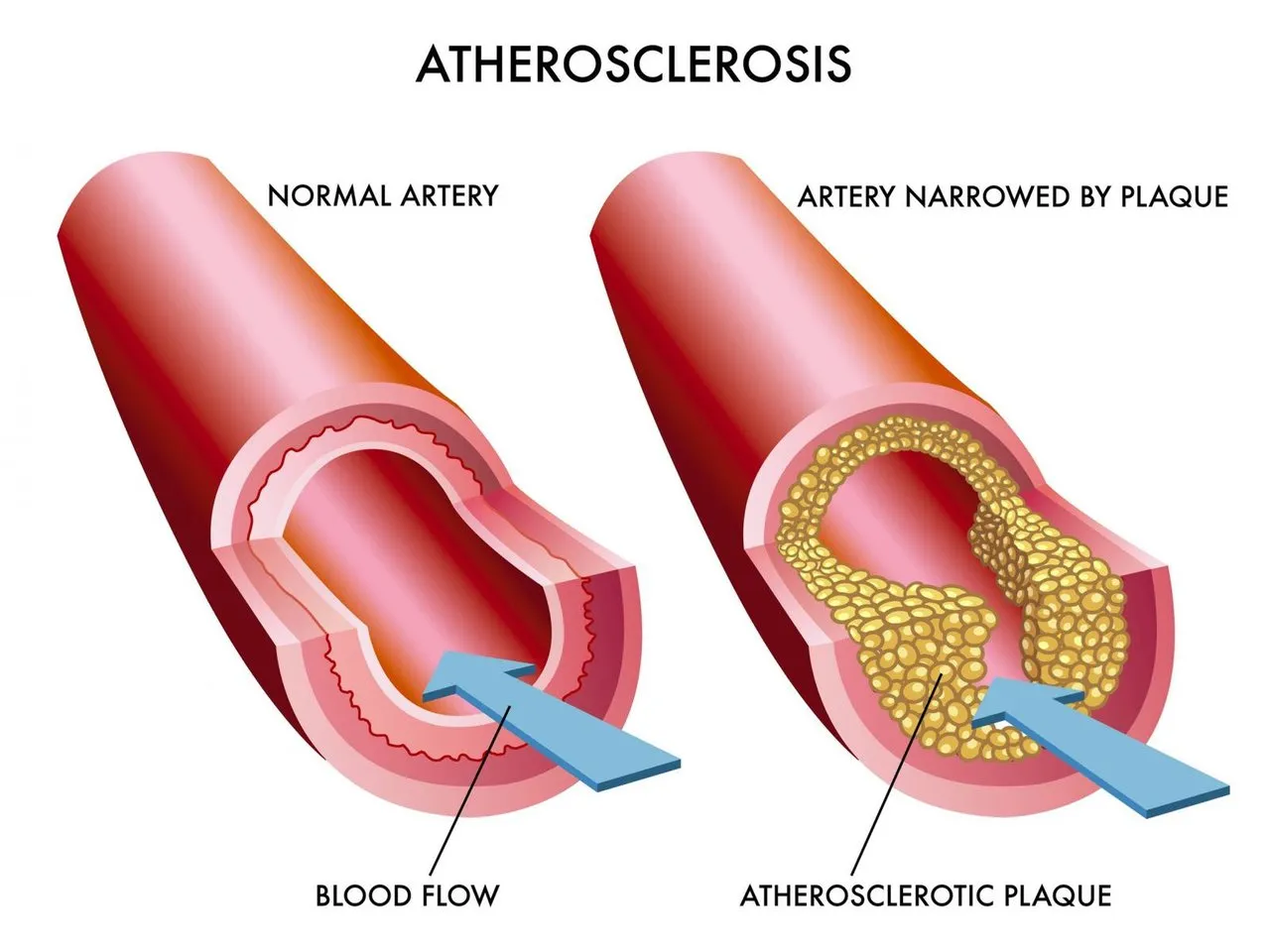
Spinach is a member of Polygonaceae plant and the scientific name is of spinach is Spinacia oleracea. Spinach is a green, leafy vegetable that is cheap and also suitable for everyone. It is a rich source of minerals, vitamins, pigments and, phytonutrients. Altogether, spinach is very beneficial for some important processes.
Health Benefits of Spinach

Improves Eyesight

Spinach is a ridiculous source of carotenoids, xanthene, and lutein. These compounds are very beneficial for eyesight. Beta-carotene is provided to the eyes by cooked spinach. It can prevent vitamin A deficiency, itchy eyes, ocular ulcers and dry eyes.
Treats Macular Degeneration

Retinitis pigmentosa is the main reason for blindness due to the disintegration of xanthene and lutein in the essential part of the retina. Oak spin National Laboratory study shows spinach consumption can lead to two important pigments and effective prevention of AMD.
Provides Neurological Benefits

It is well-known that several ingredients in spinach such as potassium, folic acid, and various antioxidants can provide nerve function to those who regularly consume it.
Maintains Blood Pressure

Spinach has a very high potassium content and low sodium content. This mineral composition is very beneficial to patients with hypertension, because potassium decreases, sodium increases blood pressure.
Helps in Bone Mineralization

Spinach is a good source of vitamin K. The role of vitamin K is to retain calcium in the bone matrix, resulting in bone mineralization.
Prevents Atherosclerosis

Atherosclerosis is caused by arteries hardening. The pigment called lutein found in spinach has been shown to reduce atherosclerosis, heart attacks, and strokes.
Proteins for Infant Growth

"Popeye, the Sailor Mane" is famous for his fascination with spinach. This cartoon intentionally aims to convince children to eat spinach and is strong. It is recommended that babies be fed spinach, which will give them protein, vitamins, minerals, and phytonutrients. These nutrients will lead to the corresponding development in their basic growth stages.